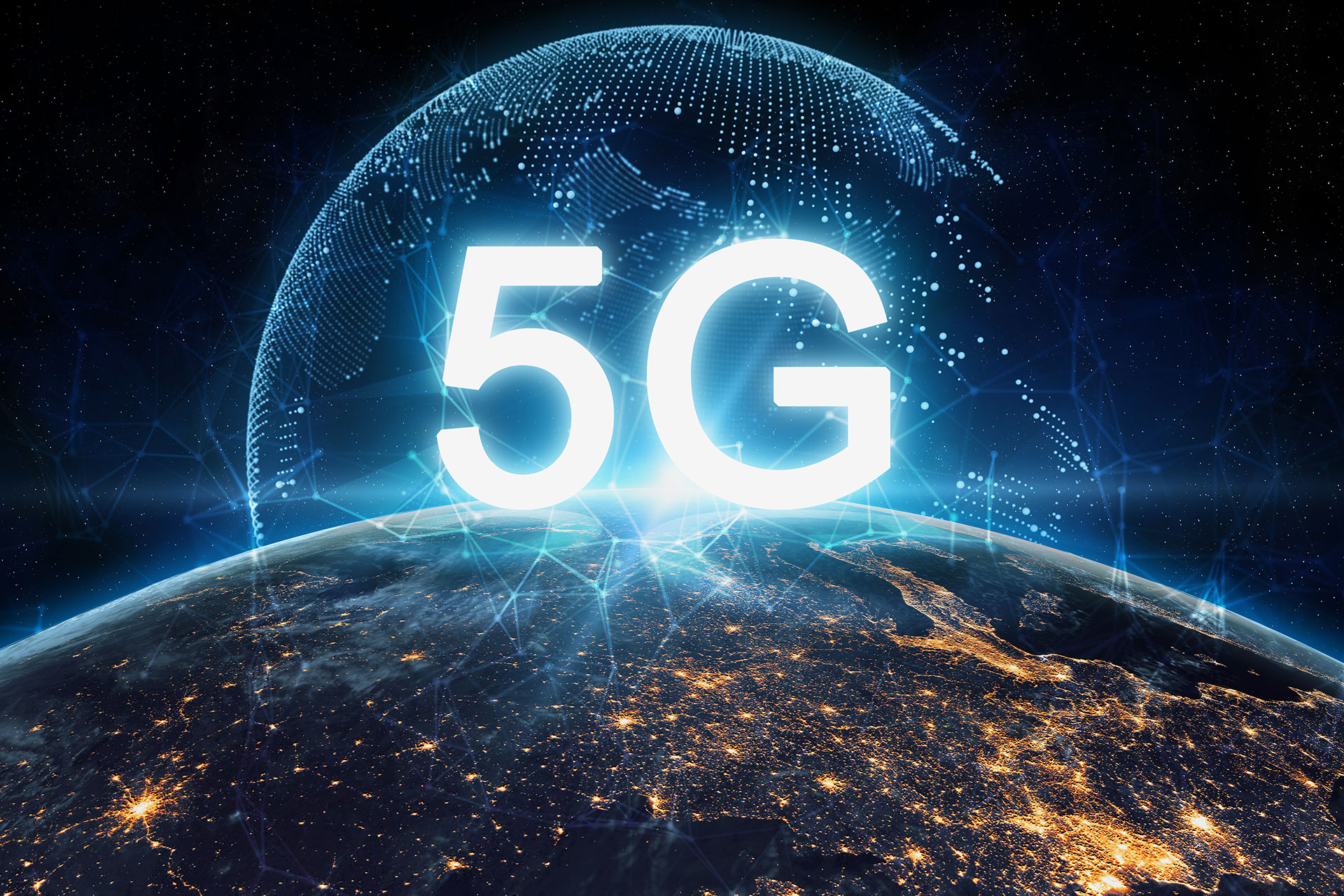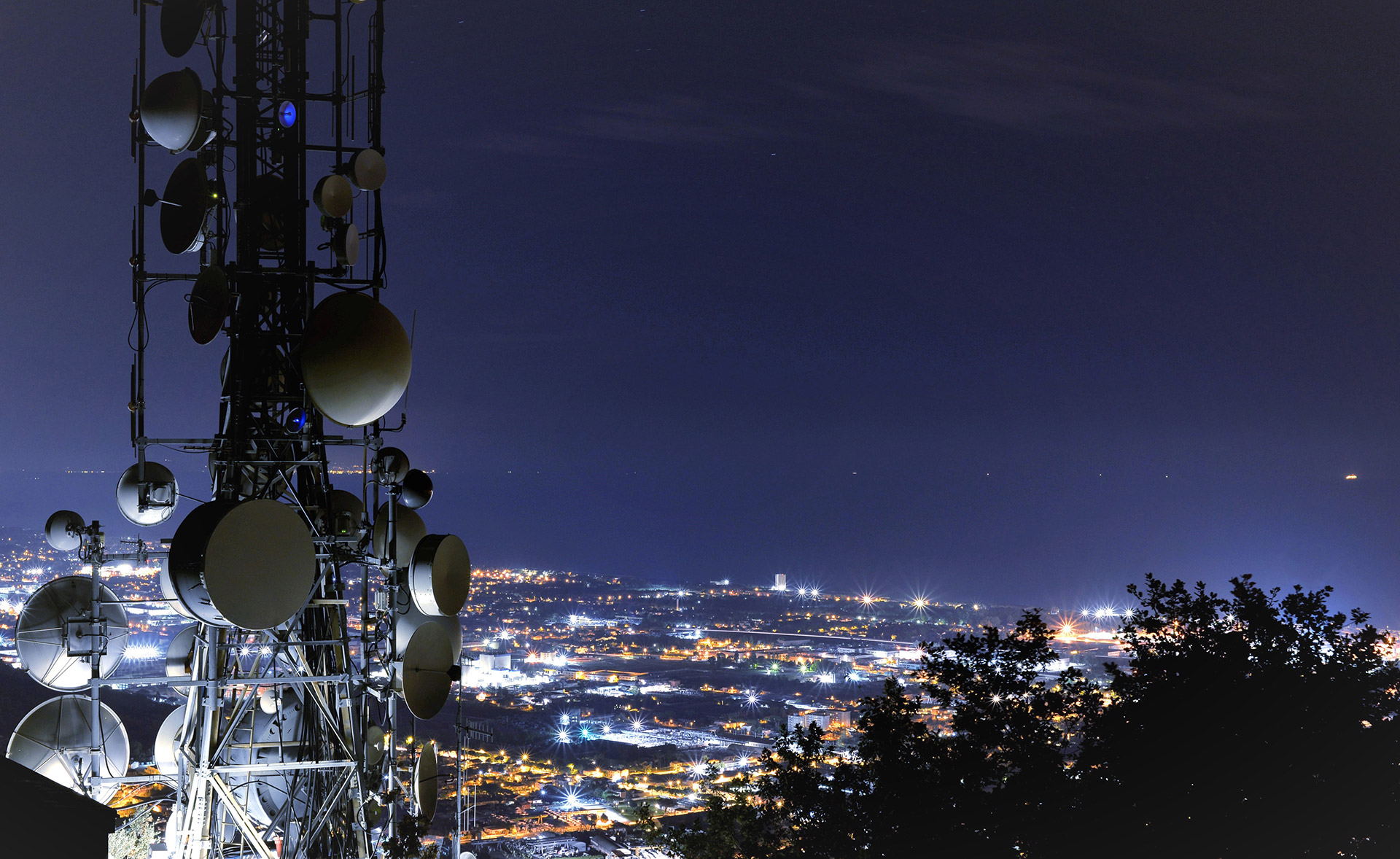Which network does the connected milk can need?
In mobile radio circles there is currently no hotter topic than the 5G. With the statement “We need 5G on every milk can”, the German Development Minister has also given this network a concrete application. But what applications is this latest standard defined by the Groupe Spécial Mobile (GSM) really suitable for, and where are there better alternatives today?

It’s undisputed: The 5G will bring profound changes, new business areas will emerge. But there is also resistance to the ongoing expansion of the 5G mobile network. People affected by electrosmog and many other groups fear health problems for the population because of the stronger radiation of 5G. Authorities in several countries also see a (security) risk in individual network equipment providers. They fear that the foreign government could infiltrate their own infrastructure via these suppliers. What is forgotten in the debate is that the 5G is not needed for a large number of applications that can already be reality today. Low-radiation and cheaper alternatives are already available.
5G is needed for self-propelled vehicles
In the important debate in which many questions are still unresolved today, one aspect is usually forgotten: The significantly more efficient 5G radio technology would bring great advantages to the economy primarily for self-propelled vehicles and parts of the manufacturing industry, agriculture, research or medicine. The 5G network is indisputably indispensable for autonomous driving. If, for example, a vehicle in front brakes, information must flow through the networks and be processed at lightning speed. Only in this way can the following, self-propelled vehicle brake in time. But such sophisticated real-time applications are unlikely to become established in the market until five to ten years from now. Many legal and technical questions remain unanswered in autonomous driving. What is clear, however, is that 5G enables adaptive production in real time in production, for example. Sensors that send their information to another location via 5G respond within milliseconds. In this way, the latency time – the time from the occurrence of a fault to the reaction – can be kept sufficiently short to prevent damage. But do such applications really require an area-wide network?
Does the connected milk can require 5G?
More important for the economy is another part of the so-called “Internet of Things”. Experts also speak of “IoT”. It is the networking of a large number of sensors, machines and vehicles that are directly or indirectly connected to the Internet. It essentially consists of sensors, a network, and a system that processes the sensor signals and triggers actions when needed. IoT already enables the energy management of streetlamps, a faster search for a parking space or the monitoring of refrigeration during food transports. Such applications already bring added value to the economy and the general public. IoT is a billion-dollar growth market and an opportunity for the economy. The US market research company Gartner estimates that around 25 billion networked sensors will provide valuable data worldwide by 2021.
No “Ferrari” technology required for many applications
Experts argue about which is now the best IoT network for the mobile networking of millions of things. The fact is that a large number of connected devices only have to transmit sporadically small amounts of data and require a very long battery life. Radio standards such as WLAN, 3G/4G/5G and Bluetooth are therefore unsuitable. They consume too much energy; their range is either too short or the networking is too susceptible. The financially strong 5G supporters are opposed by the representatives of the so-called “0G Initiative”. The cornerstones of 0G radio technology were laid in the 1990s with the so-called “Low Power Wide Area Networks”. Of importance is the LoRaWAN network . The open LoRa standard is held together by the LoRa Alliance, an independent non-profit organization of over 500 industry members. LoRaWAN is an open standard and also offers companies free access to network technology. Companies can build a kind of corporate network on this technology with their own transmitters and services. A single LoRa antenna can transmit many kilometres. Sensor devices in the LoRa network often function autonomously for years with a standard battery.

Sigfox offers roaming and less antenna forest
The French telecommunications company Sigfox takes a different approach. They launched the “0G” initiative. Sigfox is currently the first and only company worldwide to offer wireless connections for the Internet of Things. The infrastructure used is completely independent of existing mobile networks. Sigfox covers already 60 countries worldwide. The aim of the 0G initiative is to establish a worldwide, uniform and cross-border (roaming) network structure via its own network, focusing on the IoT. The advantage of the Sigfox network is that an entire city with a radius of 10 kilometres can be covered by a single base station. In Belgium, for example, 0G network operation covers the entire country with only seven base stations. The support of a large number of devices is currently another advantage of the 0G generation.
Conclusion: Applications that have to exchange huge amounts of data in real time need a 5G network. IoT applications that use sensors that require a high degree of autonomy, such as in industry, transport or agriculture, do not require a 5G. 5G is also not required for the refrigerator, which automatically orders yoghurt supplies. Even the networked milk can is probably better off in the 0G network.

